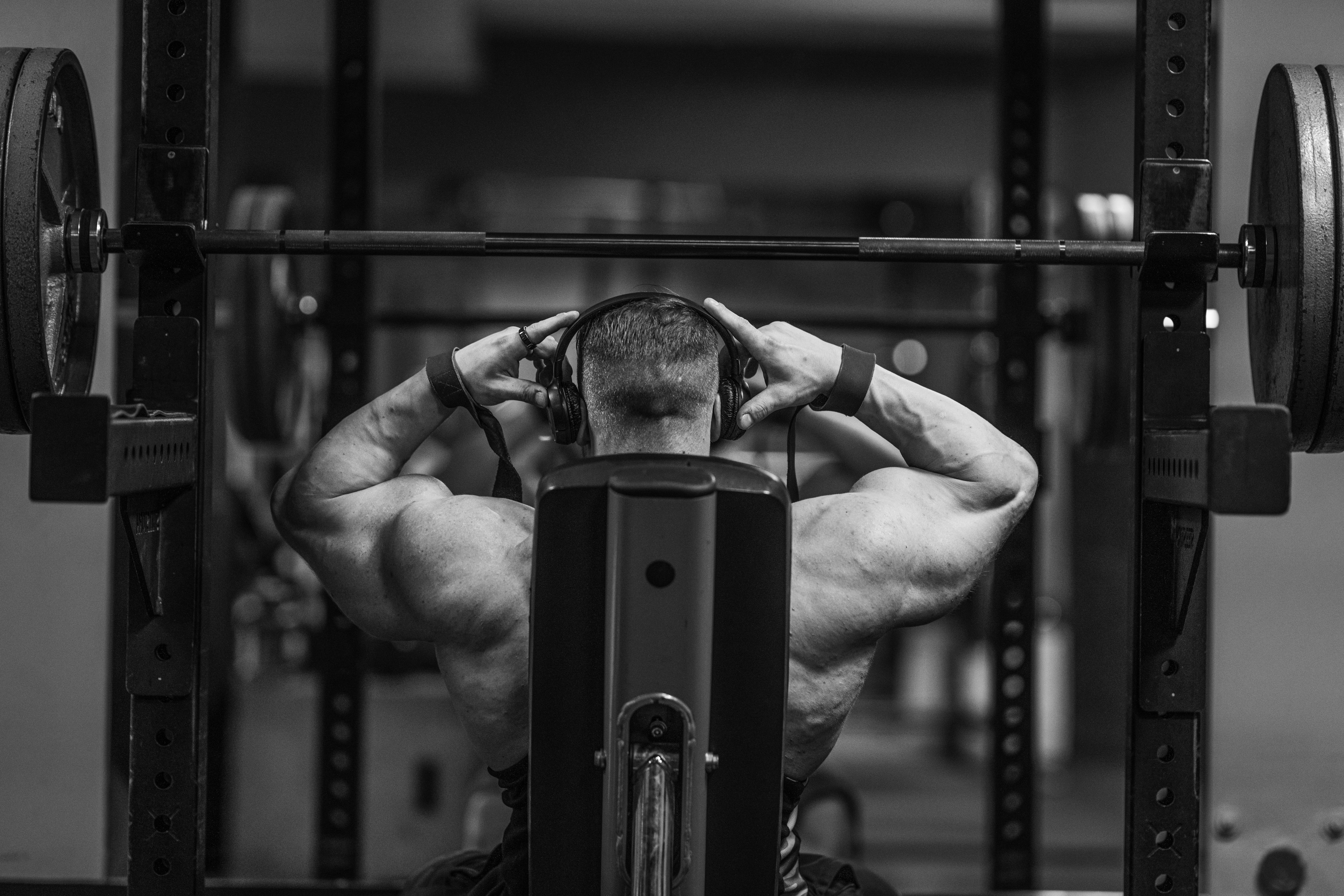“`html
Practical Ways to Strengthen Your Hintere Schulter in 2025 – Discover Proven Techniques!
The importance of strengthening your hintere Schulter (rear shoulder) is crucial for overall shoulder health and performance in fitness regimens. Not only does targeted training improve muscle balance, but it also enhances posture, stability, and mobility. This article will delve into effective shoulder exercises, focusing on engaging the posterior deltoids and ensuring comprehensive muscle development. We will explore a variety of techniques suitable for all fitness levels, including resistance band training, dumbbell exercises, and bodyweight workouts that can be performed at home or in the gym.
Throughout the article, you will find detailed explanations of each exercise, including how to execute them correctly, tips on avoiding common mistakes, and recommendations for integrating these movements into your existing fitness program. By the end, you’ll have a well-rounded approach to enhance your hintere Schulter strength, leading to greater overall fitness and reduced injury risk.
We’ll begin with an overview of essential shoulder exercises, followed by specific methods that cater to different fitness goals, finally wrapping up with strategies for effective progression in your training.

Essential Exercises for Hintere Schulter Strength
Understanding Shoulder Anatomy and Functions
To effectively target the hintere Schulter, it’s essential to understand the anatomy and function of the shoulder muscles. The rear deltoids are vital for pulling movements and play a crucial role in stabilizing the shoulder joint during various activities. Strengthening this area contributes to better performance in exercises like shoulderdrücken (shoulder press) and rudern (rowing).
Key Schulterübungen for Building Strength
Incorporating diverse shoulder exercises, including Reverse Fly and Seitheben (lateral raises), can improve muscular endurance and power. These movements are excellent for isolating the posterior muscle groups, ensuring balanced development. Additionally, they enhance the shoulder stability needed for more complex lifts.
Importance of Warm-Up Exercises
Before diving into strength training, warming up is critical to prevent injuries. Performing shoulder-specific mobilization and activation exercises can increase blood flow to the muscles and improve flexibility. Techniques like shoulderstretching and dynamic shoulder rotations are beneficial to prepare the shoulder joint for demanding activities.
Effective Resistance Band Techniques
Incorporating Resistance Bands into Your Routine
Resistance band training is an effective and versatile way to strengthen the hintere Schulter. Bands provide constant tension throughout the movements, which is beneficial for achieving optimal hypertrophie (muscle growth). Various exercises, such as banded reverse flys and rows, can be performed easily at home or outdoors.
Adjusting Resistance for Progression
To maximize strength gains, it’s crucial to adjust the resistance of the bands according to your fitness level and goals. Start with lighter bands to master the form, then progressively increase resistance as you grow stronger. This approach encourages consistent growth and helps reduce the risk of injury from improper form.
Common Mistakes in Resistance Band Training
Caution is necessary when using resistance bands, as improper usage can lead to poor form and diminish effectiveness. Common mistakes include overstretching the band or using too much resistance. Always focus on controlled movements, ensuring that you’re engaging the right muscle groups to achieve results without injury.

Integrating Bodyweight Exercises for Muscle Development
Benefits of Eigengewichtstraining for Shoulder Strength
Bodyweight exercises offer an accessible way to develop the hintere Schulter without any equipment. Movements like inverted rows and pike push-ups engage the rear deltoids effectively, promoting strength and coordination. These exercises also benefit the core and overall upper body stability.
Higher Intensity for Advanced Training
As you build strength, ramping up the intensity with advanced variations of bodyweight exercises can foster training progression. Techniques such as explosive push-ups or one-arm rows can challenge your muscles further, driving adaptation and growth.
Creating a Balanced And Varied Workout Plan
When designing your workout routine, include a mix of shoulder exercises that target all three heads of the deltoid muscle for balanced development. Combining shoulder-specific movements with full-body workouts promotes comprehensive fitness improvement while ensuring the hintere Schulter remains strong and resilient.
Exercises to Enhance Shoulder Mobility
Dynamic Stretching for Improved Range of Motion
Incorporating dynamic stretching into your workout routine can significantly enhance shoulder mobility. Exercises like arm circles and wall slides activate and stretch the shoulder muscles, preparing them for heavier lifts. Improved mobility leads to better performance in resistance training and sports-related activities.
Specific Mobility Workouts for Shoulder Health
Focusing solely on mobility can yield substantial benefits for the shoulder joints. Implementing movements such as band pull-aparts and shoulder dislocates strengthens and elongates the muscles connected to the shoulder blade. This practice can prevent injuries and improve overall shoulder health.
Combining Mobility and Strength Training
A synergistic approach that combines mobility work with strength training optimizes shoulder health. Prioritize mobility exercises within your warm-up sessions to facilitate enhanced recovery and muscle activation. This strategic integration will support muscle endurance and explosiveness during your workouts.
Progressing Your Training Plan Effectively
Setting Achievable Fitness Goals
A successful strength training regimen requires clear and achievable fitness goals. Identifying specific targets, such as increasing the weight you can shoulder press or performing more repetitions of reverse flys, will motivate you and provide direction for your training plan.
Tracking Progress and Adjusting Techniques
Monitoring your progress is instrumental in ensuring you’re on the right track. Maintain a training journal to log exercises, weights, and repetitions, enabling you to see your improvements over time. This insight will allow you to adjust your techniques appropriately, ensuring continual strength development.
Seeking Professional Guidance
If you’re embarking on a new training journey or require more tailored advice, consulting a personal trainer could be beneficial. A professional can provide customized routines, teach correct form, and help prevent common injuries associated with shoulder training. Incorporate their expertise to enhance your fitness experience.
Q&A Section
What are the best exercises for strengthening the hintere Schulter?
Some top exercises include Reverse Flys, Dumbbell Rows, and Resistance Band Pull-Aparts. These effectively target the posterior deltoids and contribute to improved shoulder stability and strength.
How often should I train my rear shoulders?
A balanced workout regime should include 1-2 sessions per week focusing on shoulder strength. Ensure rest days are included for muscle recovery to prevent overuse injuries.
Can I effectively train my hintere Schulter at home?
Yes, many exercises like bodyweight workouts and resistance band exercises can be performed at home, making it convenient to build strength and improve shoulder health.
What are some signs of overtraining the shoulder muscles?
Common signs include persistent pain, decreased mobility, and fatigue. If you experience these symptoms, it’s essential to rest and potentially consult a medical professional.
How do I maintain proper shoulder health during workouts?
Always prioritize proper form, ensure adequate warm-ups, and implement shoulder mobility exercises into your routine. Listening to your body and allowing adequate recovery between sessions is also key to preventing injuries.
For more detailed information on shoulder training and other useful techniques, feel free to check out this link and this additional resource.
“`
